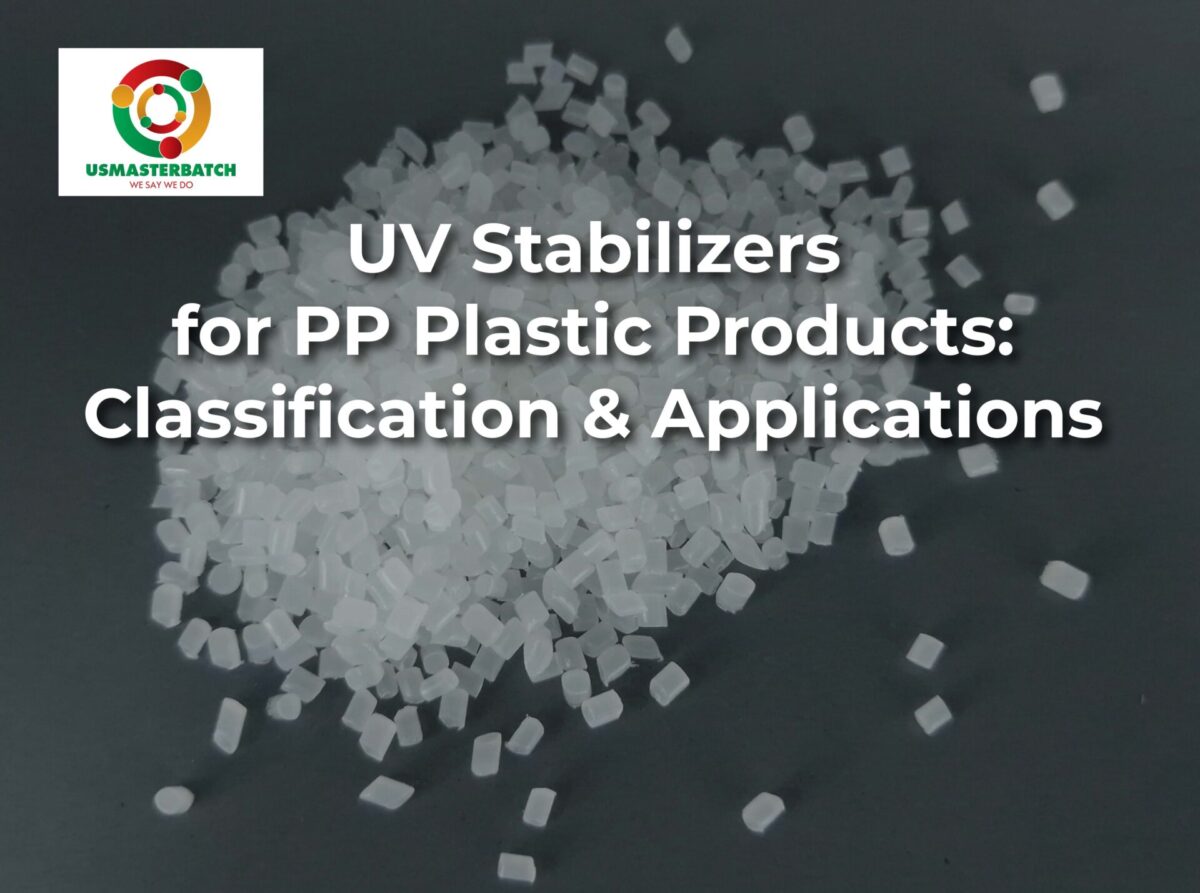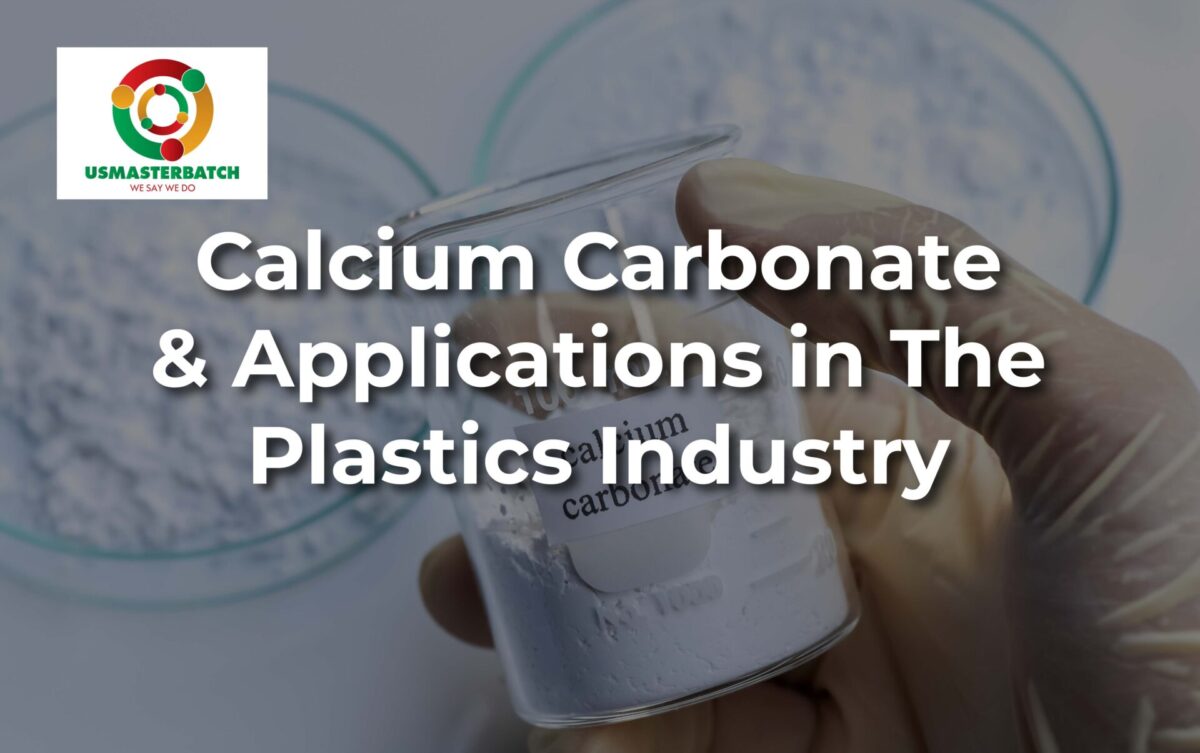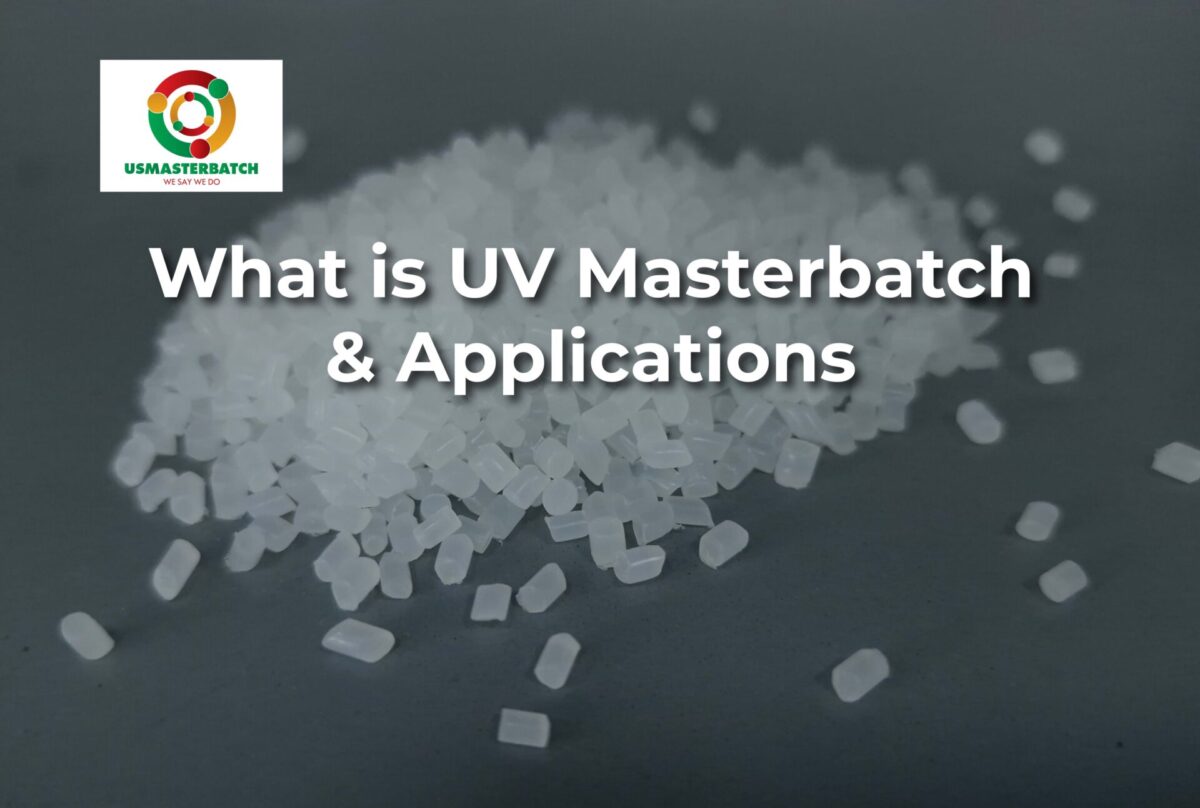
What is Polystyrene? Density, Melt Flow Index and Applications
Polystyrene (PS) is one of the most common and versatile thermoplastic materials used in modern manufacturing. It appears in countless everyday products and plays a significant role in various industries thanks to its lightweight structure, clarity, easy processing properties, and affordable production cost. Because of these advantages, Polystyrene is widely used in packaging, consumer household items, electronic device components, and insulation materials for construction.
1. What is Polystyrene?
Polystyrene is a synthetic polymer formed from the polymerization of styrene monomers, with the chemical formula (C₈H₈)n. In its natural solid state, Polystyrene is a transparent, hard, and brittle plastic that can crack or shatter when subjected to impact. However, when heated, PS becomes soft and moldable, making it suitable for a wide range of processing methods, including injection molding, extrusion, and blow molding. This adaptability allows manufacturers to shape PS into a variety of forms depending on the product’s requirements.
There are two primary commercial forms of Polystyrene:
- GPPS (General Purpose Polystyrene):
GPPS is characterized by its clear, rigid appearance and glossy surface finish. It is commonly used in consumer goods that require transparency and aesthetic appeal, such as food containers, plastic drinking cups, lamp covers, cosmetic packaging, and CD/DVD cases.
- HIPS (High Impact Polystyrene):
HIPS is produced by blending Polystyrene with butadiene rubber, significantly improving its impact resistance and durability. Because of its toughness and formability, HIPS is widely used in engineering and structural applications, including television housings, refrigerator inner panels, electronic device casings, and control panel components.
2. Density of Polystyrene
The density of standard Polystyrene typically falls within the range of 1.04 to 1.06 g/cm³. While this is slightly higher than plastics like Polypropylene (PP) or Polyethylene (PE), Polystyrene is still classified as a lightweight and easily handled material. Its density contributes to its rigidity and structural stability in finished products.
When Polystyrene is processed into foam, specifically EPS (Expanded Polystyrene), its density decreases drastically to 0.01–0.05 g/cm³. EPS foam has excellent thermal insulation, shock absorption, and soundproofing properties, making it widely used in construction insulation panels, protective packaging, and cushioning material in shipments.
3. Melt Flow Index (MFI) of Polystyrene
The Melt Flow Index (MFI) is a key indicator of the material’s melt viscosity and determines how easily it can flow during molding processes:
- GPPS: MFI range 2–8 g/10 min, ideal for products requiring smooth surfaces and clarity.
- HIPS: MFI range 1.5–6 g/10 min, offering higher toughness and resilience in the final product.
Selecting the appropriate MFI grade is crucial for manufacturers to optimize molding performance, maintain product consistency, and achieve high-quality surface finishing.

Applications of Polystyrene
4. Applications of Polystyrene
Polystyrene has a broad spectrum of applications across many industries:
- Packaging Industry: food storage containers, takeaway boxes, supermarket trays, disposable drinking cups, and egg cartons.
- Electrical & Electronics Industry: television housings, refrigerator liners, audio/video device parts, electrical switch components, and instrument covers.
- Construction Industry: EPS and XPS boards used for heat insulation, moisture resistance, and soundproofing in walls, ceilings, and roofing systems.
- Medical and Laboratory Equipment: test tubes, petri dish trays, sample containers, medical packaging, and disposable laboratory instruments.
- Household and Consumer Goods: plastic drinkware, food-grade storage containers, trays, toys, and various decorative items.
In addition to its wide usability, Polystyrene is recyclable, and many production facilities now incorporate recycling loops to reduce waste and lower environmental impact.
Talc filler masterbatch produced at US Masterbatch factory is applied to polystyrene products.
5. Conclusion
Polystyrene is a cost-effective, adaptable, and widely applicable thermoplastic that continues to play a vital role in manufacturing industries. Its stable density, flexible MFI range, and dependable mechanical properties make it an attractive choice for both consumer and industrial applications. To ensure consistent performance and product reliability, manufacturers should source Polystyrene from trusted suppliers with certified and stable material quality.
什么是聚苯乙烯?密度、熔融指数及应用
聚苯乙烯(PS)是现代工业中常见且用途广泛的热塑性塑料之一。由于其重量轻、透明度高、加工方便、成本低等优点,聚苯乙烯在包装、日用品、电子设备以及保温材料等领域中都发挥着重要作用。
1. 聚苯乙烯是什么?
聚苯乙烯是由苯乙烯单体聚合而成的高分子材料,化学式为 (C₈H₈)n。在固态形式下,聚苯乙烯呈透明、硬而脆的特性,容易发生断裂。但在加热后,它会变软并可通过注塑、挤出或吹塑等多种方式进行成型加工。
根据不同的性能需求,聚苯乙烯主要分为两种类型:
- GPPS(通用级聚苯乙烯):这种材料透明、硬度高、表面光滑,常用于食品容器、透明塑料杯、灯罩、化妆品外壳、CD/DVD 盒等消费品。
- HIPS(高抗冲聚苯乙烯):在聚苯乙烯中加入丁二烯橡胶,使其具有更好的抗冲击性和韧性。常用于电视外壳、冰箱内衬、电子元件外壳、控制面板等工程领域。
2. 聚苯乙烯的密度
聚苯乙烯的密度一般在 1.04 – 1.06 g/cm³ 之间。与 PP、PE 等常见塑料相比,其密度略高,但仍属于轻质材料,便于搬运及加工。
当聚苯乙烯被制成 发泡材料 EPS(可发性聚苯乙烯) 时,其密度会大幅降低至 0.01 – 0.05 g/cm³。因此 EPS 常用于建筑保温、隔音材料、缓冲包装以及物流运输保护。
3. 聚苯乙烯的熔体流动指数(MFI)
熔体流动指数(MFI)用于衡量塑料在熔融状态下的流动性,对成型加工性能影响很大。
- GPPS:MFI 范围 2 – 8 g/10 min,适用于需要表面光滑和透明度高的产品。
- HIPS:MFI 范围 1.5 – 6 g/10 min,可以获得更好的韧性和抗冲击性能。
选择适当的 MFI 等级有助于提高加工效率、保证产品外观和结构稳定性。
4. 聚苯乙烯的应用领域
聚苯乙烯在日常生活和工业中广泛存在:
- 包装行业:食品盒、超市托盘、一次性杯子、蛋托等。
- 电器电子领域:电视外壳、冰箱内胆、电脑零部件、电器保护壳等。
- 建筑行业:EPS、XPS 用于墙体和屋顶保温、隔音和防潮材料。
- 医疗用品:试管、样品托盘、药盒、一次性医疗用品等。
- 日用品:透明水杯、收纳盒、托盘、玩具等。
此外,聚苯乙烯具有可回收性,可重复利用,有助于降低生产成本并减少环境负担。
5. 总结
聚苯乙烯是一种经济、易加工且应用面广的热塑性塑料,凭借其稳定的密度、灵活的熔体流动指数和良好的机械性能,成为众多工业和消费产品的理想材料。
为了获得更优的生产性能和产品质量,建议选择 质量稳定、具有认证的聚苯乙烯供应商。











